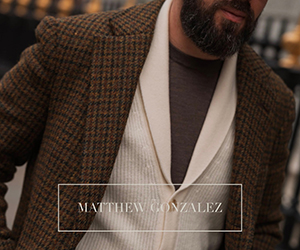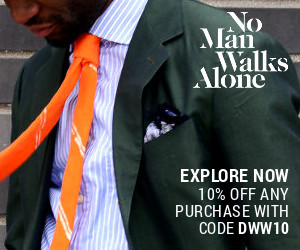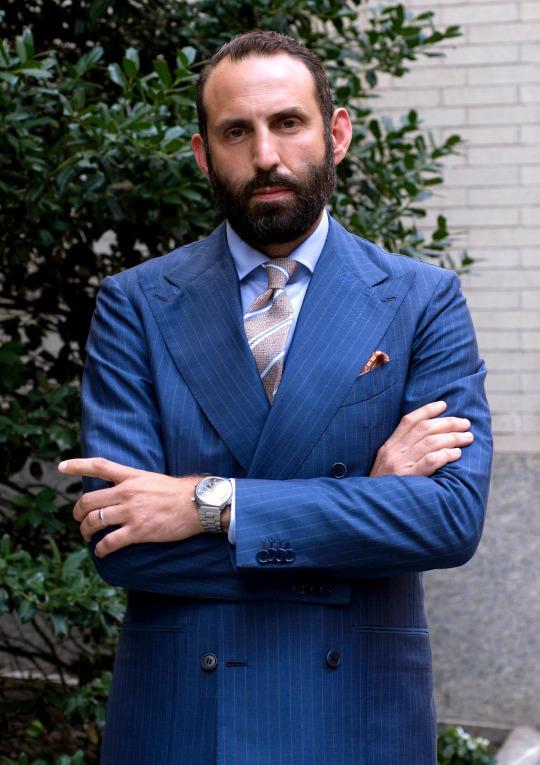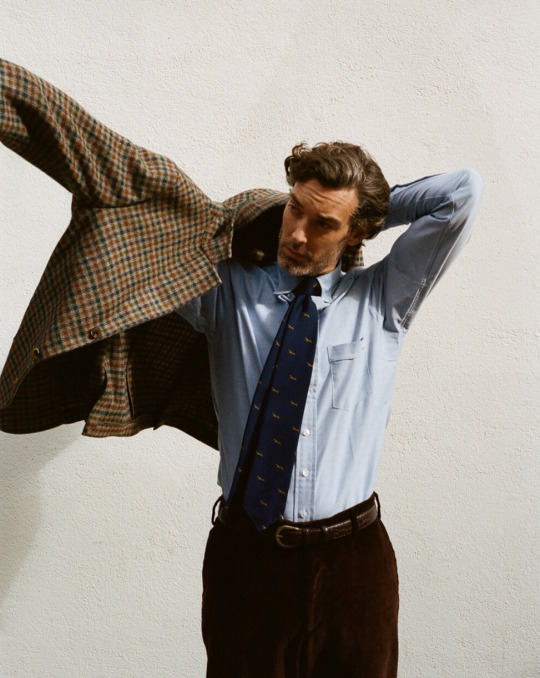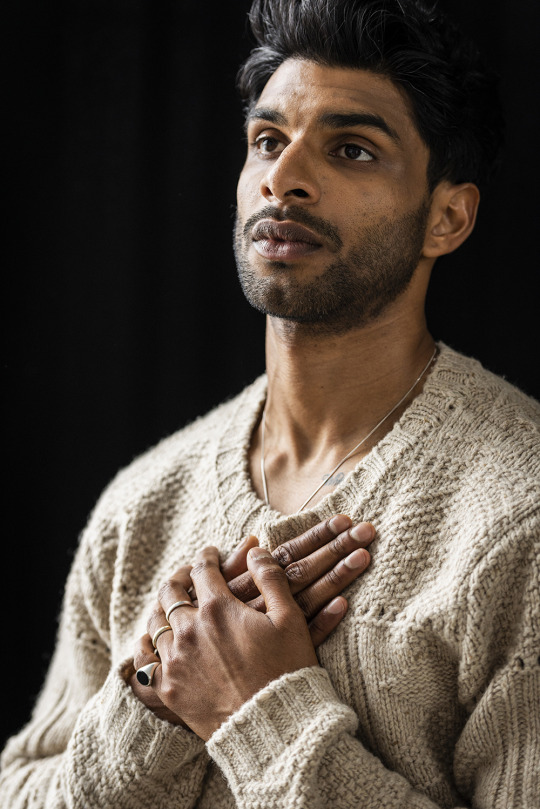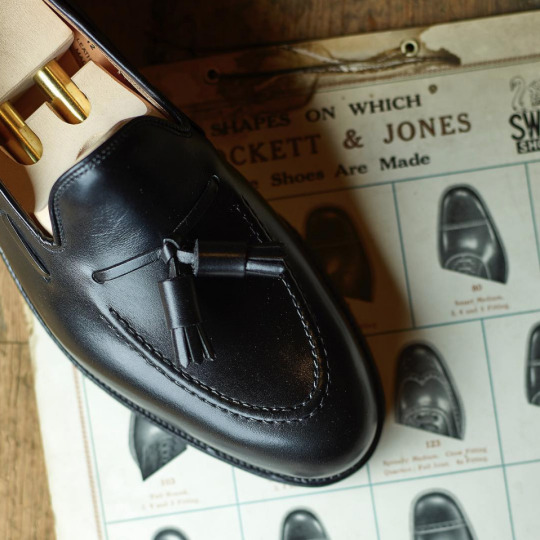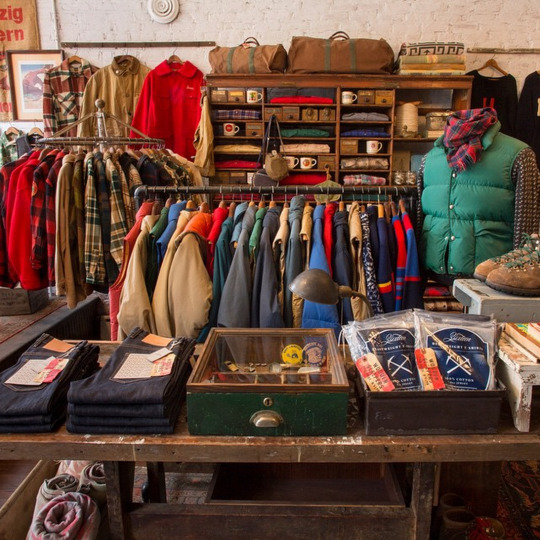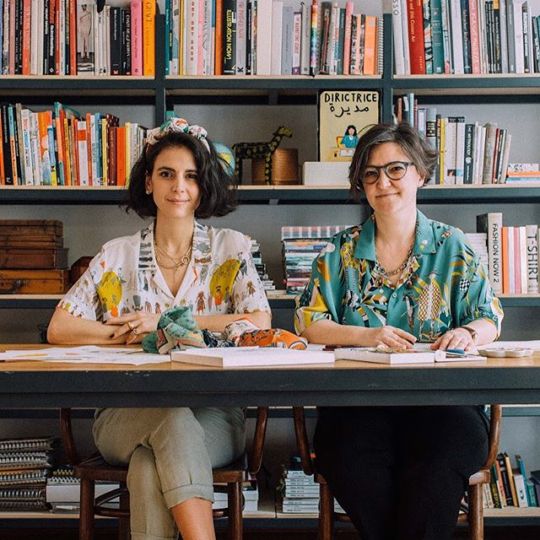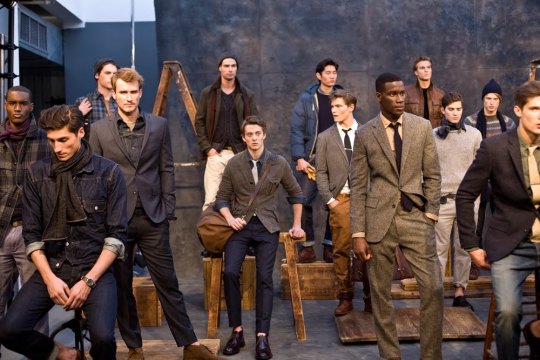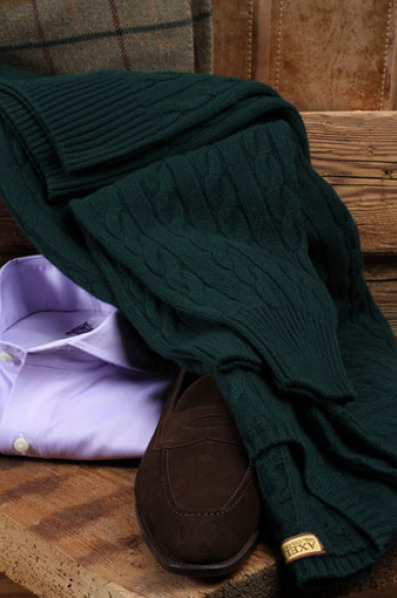
If you were to shop for a cashmere sweater today, you’d be buried in options. Over at Mr. Porter, you can find nearly 250 models, ranging from chalky pastel turtlenecks to NBA intarsias selling for about $1,750. More affordably, J. Crew’s “Everyday Cashmere” collection retails for just under $100, and it comes in Kelly-Moore-sounding colors, such as “rustic amber” (which is orange) and “safari fatigue” (which is green). You can even find cashmere pullovers nowadays at Costco. They’re located somewhere between the aisles for bulk Cheerios and 98″ plasma screen TVs.
The newest name in cashmere is Naadam, a young upstart promising to deliver luxury sweaters for less than what most stores pay wholesale. They have a over a dozen videos on YouTube, which charmingly pitch their story as two young guys from New York City who made it out to the hinterlands of Mongolia. There, they get stranded somewhere outside of the nation’s capital, ride old motorcycles, and drink goat-milk vodka with nomads. A year later, they return to the Gobi desert with $2.5 million dollars in hand and the bold idea to buy cashmere direct from herders, so they can cut out the middlemen and start a direct-to-consumer knitwear brand. This, supposedly, is how they’re able to offer cashmere sweaters for $75. In every one of their sleek, expertly produced videos, a little baby goat bleats (that’s always the best part).
Until recently, the cashmere trade remained mostly unchanged for the last five hundred years. From the mountains up Tibet and away across the back of the Himalayas to Bokhara, cashmere traveled much like the way it did before Marco Polo explored the Great Silk Roads. It came down from the mountains in countless little loads on the backs of yaks and horses – sometimes buoyed down interminable waterways on rafts and boats – before reaching a major hub, where it’s put on modern transport and swiftly whisked away to another country. If you’re wondering why cashmere should have to travel so far across Asia, just remember the stories of the still unconquered Everest. Across the vast barrier of the Himalayas, there are few routes.
Keep reading


